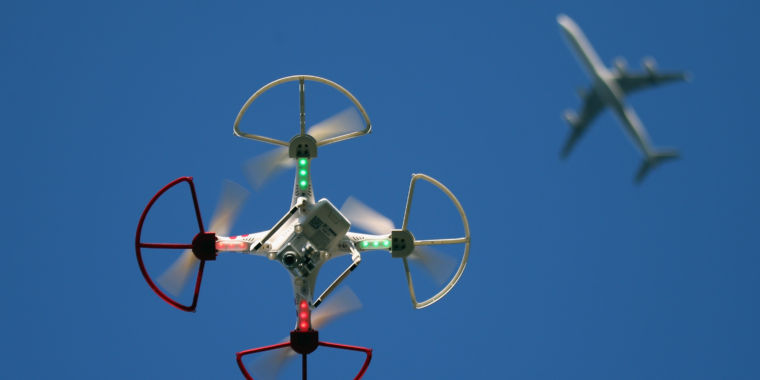
Bruce Bennett / Getty Images
After months of uncertainty, both corporations and amateurs finally have a set of guidelines for drones from the Federal Aviation Administration. The final rules are a step backwards from some proposed restrictions, as they will allow flights over crowds and some night operations. But all drones weighing more than 0.25 kg (0.55 lb) will need to have a unique remote ID, as well as smaller drones that fly over crowds.
A proposal that did not reach the final cut would have required Remote ID to connect via the Internet to a location tracking database so that drone operations could be monitored in real time by the FAA (and the police). The FAA believes that Remote ID, which will transmit the location of drones and “control stations” locally, meets the needs of national security and law enforcement.
“These final rules carefully address security, protection and privacy issues, while advancing opportunities for innovation and the use of drone technology,” said US Transportation Secretary Elaine L. Chao in a press release.
Remote ID is required for all drones above the half pound limit. Obviously, there are a large number of amateur drones in operation that do not have the capability of remote identification. To get around this, the FAA says these drones must be attached with a “remote ID transmission module” that will transmit the relevant information. The only other alternative is to fly a drone only in “FAA recognized identification areas”.
The FAA created four categories [PDF] for drones. Category 1 is for drones under the weight limit that are not covered by this rule. Categories 2 and 3 are essentially defined by the amount of injuries they can cause in an accident, while category 4 is for drones that need an airworthiness certificate. Category 1-3 drones can operate on people, but cannot continuously fly over moving vehicles.
Drones operating under the cover of darkness will need navigation lights visible from five kilometers away. Those who wish to fly at night will need to pass a test first.
Both UPS and Amazon have received federal approval for limited drone deliveries, and the new rules are seen as positive for them and other companies looking to commercialize drone delivery.
The new rules will take effect 60 days after publication in the Federal Register. Once published, drone manufacturers have an 18-month window to start building drones with built-in remote ID. One year after the closing of this window, all drone operators will need to be flying drones that transmit their remote ID.
